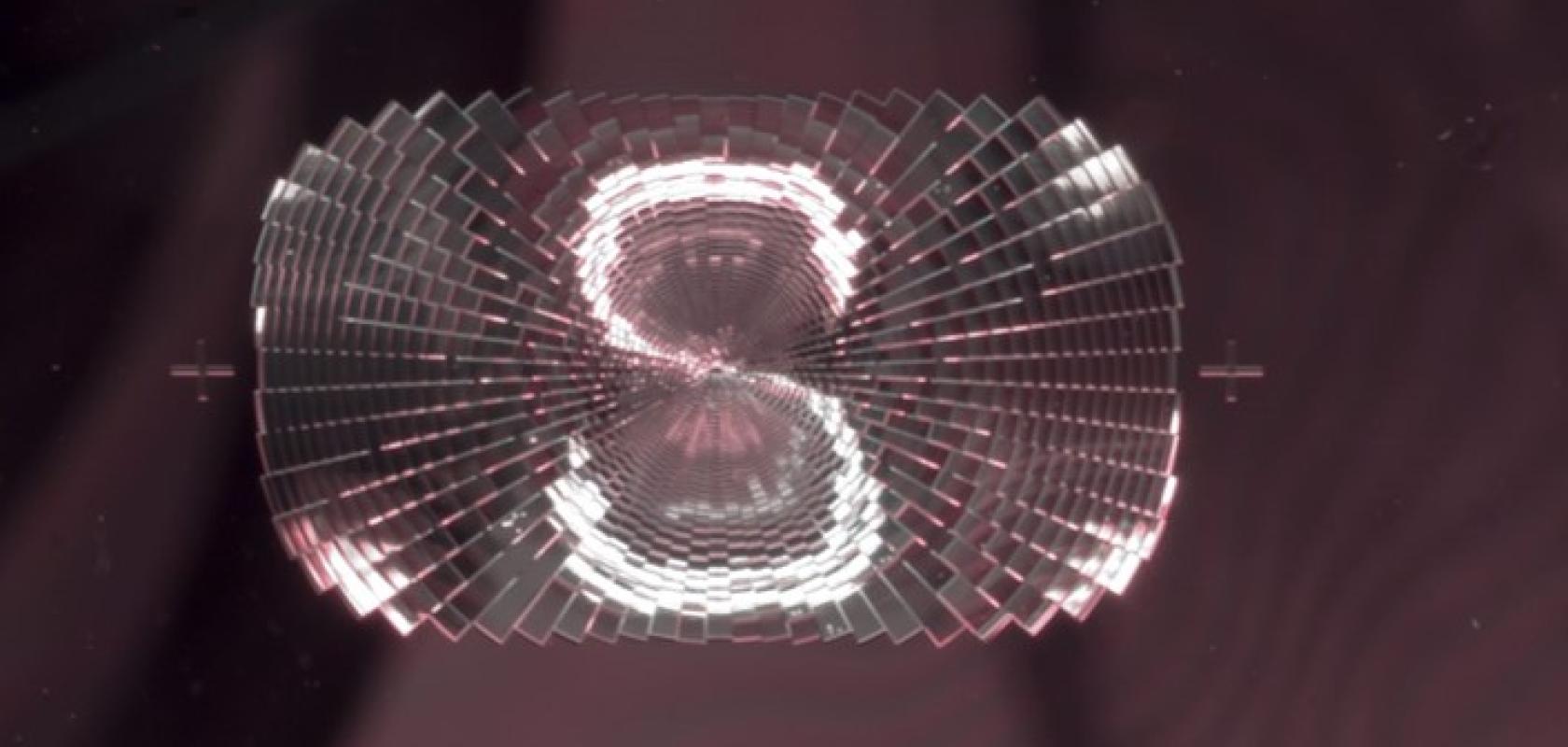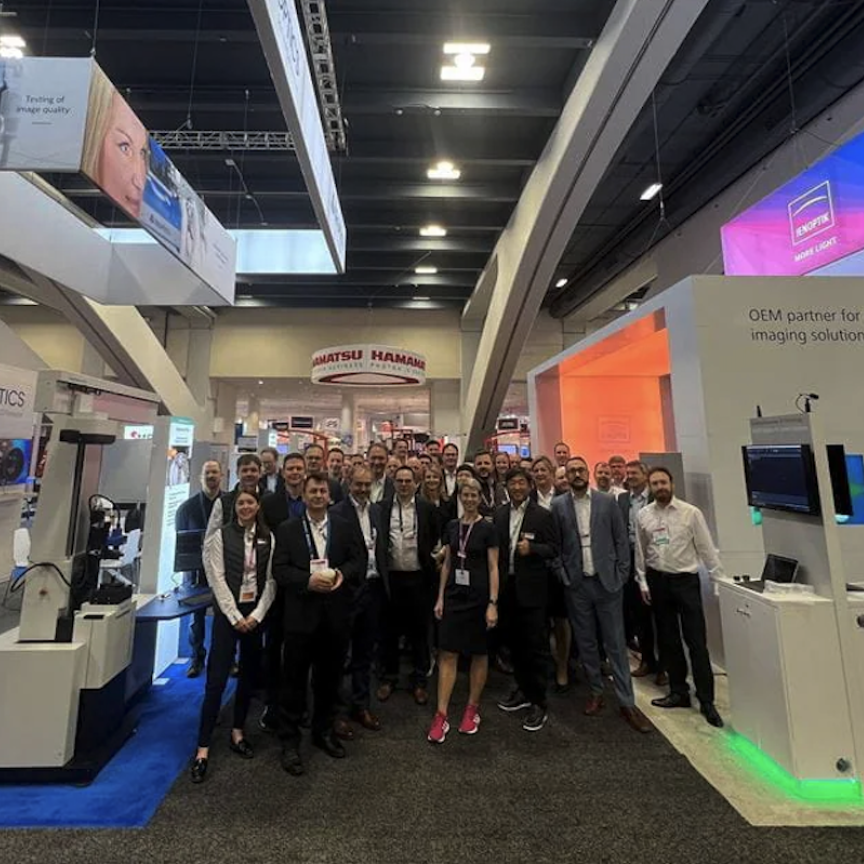Light not only illuminates a room but also uplifts the mood of those within it. Therefore, it is crucial that spaces are optimally lit. This applies not only to living rooms at home but also to train compartments. That's why Seisenbacher GmbH, a manufacturer of rail vehicle interiors, is participating in a unique project: the EU-funded H2020 research project PHABULOμS. This project aims to revolutionise the development of free-form micro-optics in Europe, providing new opportunities for lighting techniques.
Optical solutions in the micrometer range are already widely used, from virtual reality to lighting. However, the demand for extremely small and complex optical elements continues to grow. Companies often face significant technological and logistical challenges when it comes to implementing these elements. The PHABULOμS project aims to overcome these obstacles. It seeks to deliver advanced and robust manufacturing technologies for optical free-form microstructures. To achieve this, European research and technology organizations, along with industrial partners specializing in the design and production of free-form micro-optics solutions, have joined forces to form a pilot line.
PHABULOμS pursues two approaches: the implementation of the research project according to the funding agreement and the validation of pilot services requests within the project's implementation. Moreover, the project aims to promote advanced photonics technologies and solutions, offering a one-stop-shop for the entire production chain.
This technology can provide European companies with a significant advantage. By collaborating, it will be possible to deliver advanced manufacturing technologies for optical free-form microstructures, thereby significantly strengthening the competitiveness of the optical micro technology industry. Six use cases from various application areas will establish pilot lines covering the entire cycle from design to the finished application.
For more individuality
Seisenbacher is part of this Europe-wide network with its innovative approaches and is one of the use case partners. It brings its expertise in the design and implementation of lighting solutions for mobility solutions to the project. Micro-optics in the rail vehicle sector enables not only new lighting designs, such as slim ceiling panels, but also new approaches to lighting ambiance and distribution.
These lighting systems can offer variable colors and brightness levels. This greatly enhances passenger comfort and well-being. For example, if a passenger wants to sleep or create a calm atmosphere, the light can be dimmed. On the other hand, if they want to read or work, bright light is required. With the new technology, lighting can easily adapt to the passengers' needs. Moreover, it contributes to safety by helping passengers easily find their way to emergency exits in case of emergencies.
Such smart transportation interior lighting, combined with micro-optics, can be utilised in various modes of transportation such as airplanes, trains, buses, and other vehicles. This is a significant gain for the entire industry, which, thanks to advanced LED technology, is also energy-efficient and environmentally friendly.
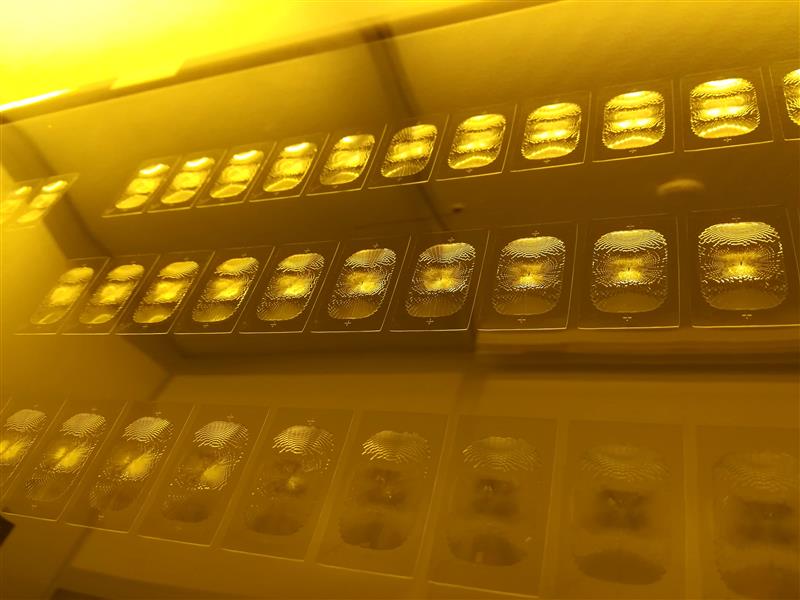
Upscaled poly-shims by Joanneum Research
Seisenbacher’s participation in the PHABULOuS Pilot Line project
Seisenbacher is actively participating in the PHABULOμS Pilot Line project, a groundbreaking initiative aimed at advancing free-form micro-optics in Europe. As a manufacturer of rail vehicle interiors, Seisenbacher brings its expertise in lighting solutions for mobility interiors to this collaboration. The company is part of a network comprising European research and technology organizations and industrial partners specializing in free-form micro-optics solutions.
Goals and objectives of participating in the PHABULOuS project
Seisenbacher’s primary goals and objectives for participating in the PHABULOμS project revolve around driving innovation in lighting technologies for mobility interiors. By leveraging the advancements in free-form micro-optics, the company aims to create new lighting designs and enhance the lighting experience for passengers. The project's focus on developing advanced manufacturing technologies for optical free-form microstructures aligns with Seisenbacher commitment to delivering cutting-edge solutions for the rail vehicle industry.
Experience of participating in the PHABULOuS pilot line project
Seisenbacher has found the experience of participating in the PHABULOμS Pilot Line project to be highly valuable and enriching. Collaborating with renowned research organizations and industrial partners has provided unique insights and opportunities for innovation. The project's emphasis on establishing a pilot line for the entire production cycle, from design to the finished application, has allowed Seisenbacher to contribute its expertise and shape the development of lighting solutions for mobility interiors.
Understanding free-form micro-optics and their utilisation in lighting for the mobility interiors market
Free-form micro-optics are extremely small and complex optical elements that enable precise control over light distribution and intensity. These optics are designed with non-symmetric surfaces, allowing for greater flexibility in shaping the light output. In the context of lighting for mobility interiors, free-form micro-optics play a crucial role in creating innovative lighting designs, enhancing passenger comfort, and improving safety.
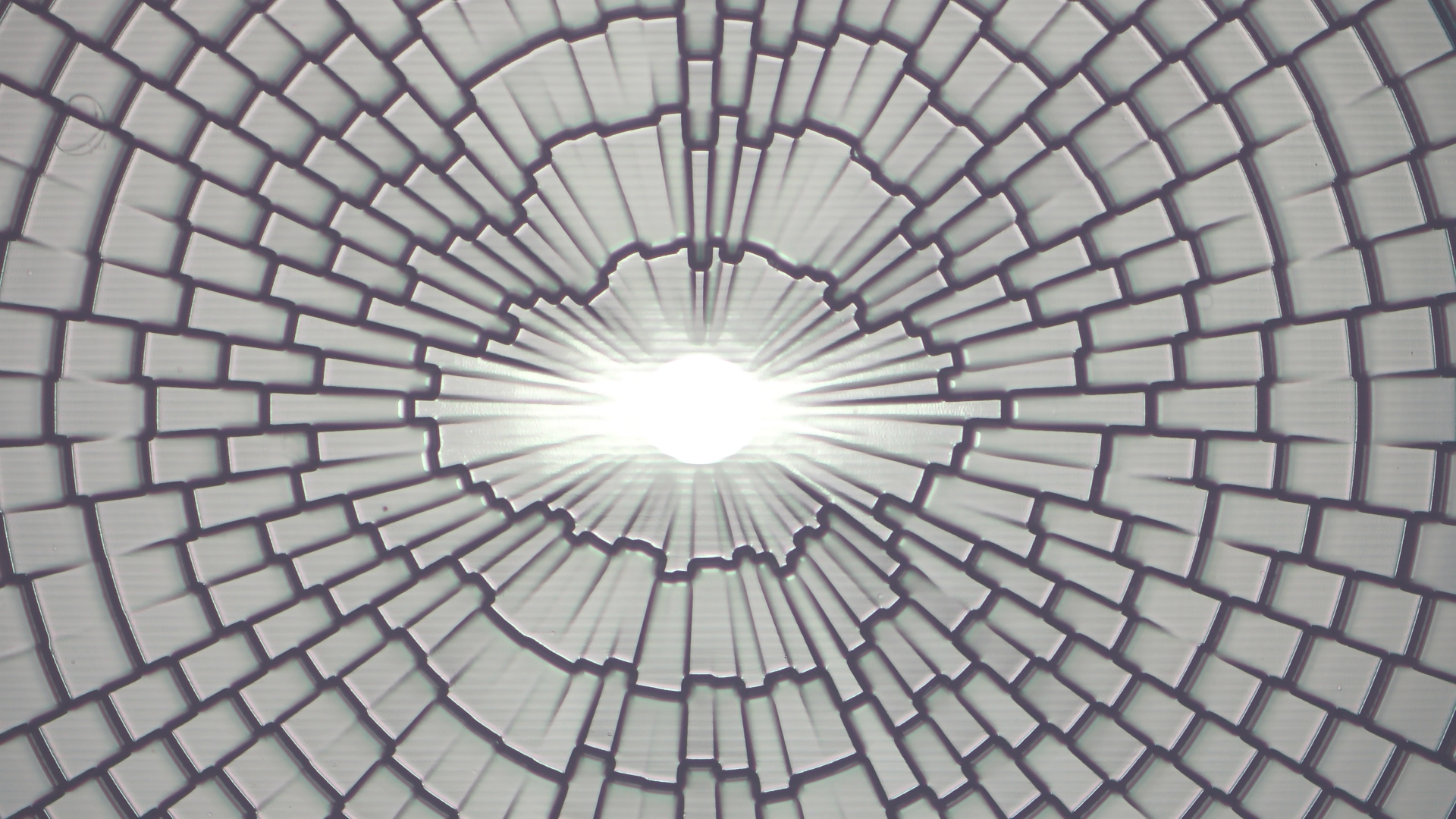
Closeup from a GSLL master by Joanneum Research
Advantages of free-form micro-optics compared to traditional optics technologies
Free-form micro-optics offer several advantages over traditional optics technologies:
Enhanced Design Flexibility: The non-symmetric surfaces of free-form micro-optics enable precise control over light distribution, allowing for the creation of unique lighting designs and customized lighting effects.
Improved Efficiency: Free-form micro-optics optimize light extraction and control, resulting in higher efficiency and reduced energy consumption compared to traditional optics technologies.
Compact Size: The small form factor of free-form micro-optics makes them ideal for integration into compact mobility interior designs, enabling seamless and unobtrusive lighting solutions.
Enhanced Safety and Comfort: The precise control over light distribution provided by free-form micro-optics improves safety by facilitating easy navigation and emergency exit identification. Additionally, the ability to adjust brightness and color temperature enhances passenger comfort.
Recent advances in free-form micro-optics impacting lighting for the mobility interiors industry
Recent advances in free-form micro-optics have made a significant impact on lighting for the mobility interiors industry. These developments include:
Miniaturisation: Free-form micro-optics are becoming smaller and more compact, allowing for their integration into even tighter spaces within mobility interiors.
Customisation: Advanced design and manufacturing techniques enable the customisation of free-form micro-optics, tailoring lighting solutions to specific requirements and design aesthetics.
Optics efficiency: Ongoing advancements focus on improving the optical efficiency of free-form micro-optics, resulting in more energy-efficient lighting solutions through improved light extraction and control.
Integration with smart systems: Free-form micro-optics can be integrated with smart systems, incorporating sensors, connectivity, and advanced control algorithms. This integration enables intelligent lighting solutions that adapt to changing conditions and provide personalised lighting experiences for passengers.
Expanded functionalities: There are possibilities to incorporate additional functionalities into free-form micro-optics, such as light-emitting displays, sensing capabilities, or augmented reality projections. These expanded functionalities extend the utility of the optics beyond traditional illumination.
The manufacturing process for free-form micro-optics vs. traditional optics production methods
The manufacturing process for free-form micro-optics differs from traditional optics production methods in several ways. While traditional optics typically involve grinding and polishing flat or symmetric surfaces, free-form micro-optics require advanced fabrication techniques such as lithography, additive manufacturing, or precision molding.
The manufacturing process for free-form micro-optics involves:
Design: Free-form micro-optics start with a design phase where optical simulations and modeling tools are employed to optimize the shape, dimensions, and surface characteristics to achieve specific lighting objectives.
Fabrication: Depending on the chosen manufacturing technique, the fabrication process may involve precision machining, etching, or 3D printing. The fabrication methods used are typically capable of producing intricate and non-symmetric surface geometries required for free-form micro-optics.
Metrology: To ensure the quality and performance of the fabricated optics, precise metrology tools are used to measure and verify the shape, surface roughness, and optical properties of the micro-optics.
Roll to Plate replicas by Morphotonics
Simulation and modeling in the design and optimisation of free-form micro-optics
Simulation and modeling play a crucial role in the design and optimisation of free-form micro-optics. By leveraging advanced software tools, engineers can simulate and analyse the behavior of light within the optics, allowing for the optimisation of shape, surface characteristics, and optical properties.
Simulation and modeling enable engineers to:
Evaluate and compare design options: By simulating different design iterations, engineers can evaluate and compare the performance of various free-form micro-optics configurations, enabling informed design decisions.
Optimise light distribution: Simulation tools allow engineers to analyze how light propagates and interacts with the optics, enabling them to optimize light distribution, minimise losses, and achieve the desired lighting effects.
Enhance efficiency: Through simulations, engineers can identify design improvements that enhance the efficiency of free-form micro-optics, maximizing light extraction and minimising unwanted light scattering or reflection.
Predict performance: Simulations provide valuable insights into the optical performance of the micro-optics, allowing engineers to predict and validate lighting characteristics, such as intensity, color temperature, and beam angles.
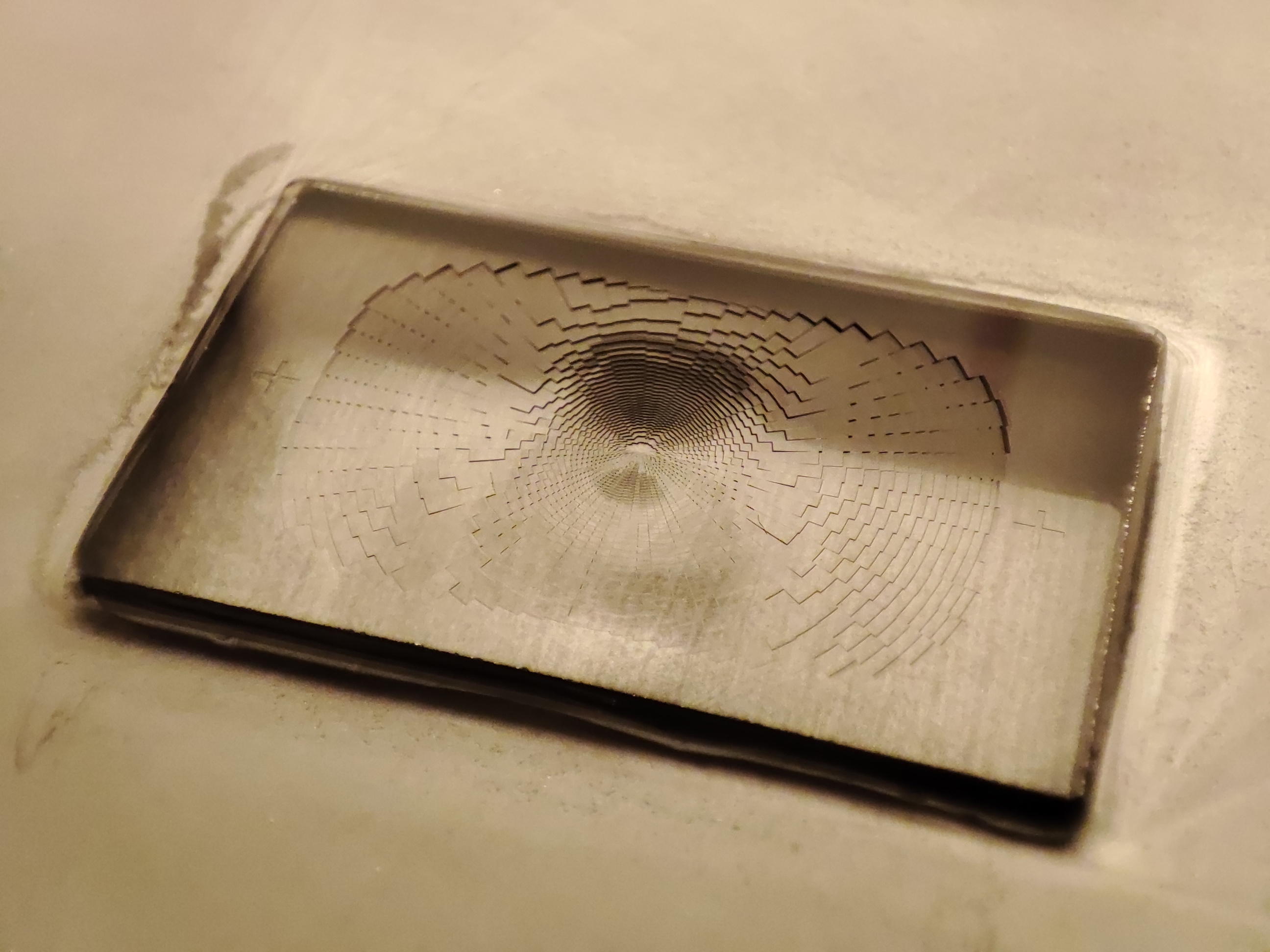
Stamp which is used for s+r up scaling by Joanneum Research
Challenges in integrating free-form micro-optics into existing technology and overcoming them
Integrating free-form micro-optics into existing technology poses several challenges, including:
Complexity: Free-form micro-optics involve intricate designs and precise fabrication requirements, making their integration into existing technology complex and challenging.
Manufacturing scalability: Mass production of free-form micro-optics with consistent quality can be challenging due to the complexity of fabrication techniques and the need for specialised equipment.
Cost: The fabrication and integration of free-form micro-optics may involve higher costs compared to traditional optics technologies, especially in the initial stages of adoption.
To overcome these challenges, collaboration between industry partners, research organizations, and technology providers becomes crucial. The PHABULOμS project, for example, aims to address these challenges by developing robust manufacturing technologies and establishing a pilot line that can deliver high-quality free-form micro-optics at scale. Additionally, continuous research and development efforts are vital in improving fabrication techniques, reducing costs, and streamlining the integration of free-form micro-optics into existing technology.
The future of free-form micro-optics in the industry and potential advancements
The future of free-form micro-optics in the industry holds significant potential for advancements and innovations. As the demand for compact and efficient lighting solutions continues to grow, free-form micro-optics will play a crucial role in meeting these needs. Key potential advancements include:
Increased miniaturisation: Free-form micro-optics will become even smaller, enabling their integration into increasingly compact and slim designs across various mobility interiors.
Advanced functionality: Integration of additional functionalities, such as sensors for occupancy detection or advanced gesture control, will enhance the versatility and interactivity of free-form micro-optics.
Improved efficiency and energy conservation: Ongoing research and development efforts will focus on optimising the optical efficiency of free-form micro-optics, resulting in improved light extraction, reduced energy consumption, and longer lifetimes.
Integration with smart systems: Free-form micro-optics will increasingly be integrated into smart systems, allowing for seamless integration with other technologies, such as internet of things (IoT) connectivity, to enable intelligent and adaptive lighting experiences.
Design innovation: Advances in free-form micro-optics will lead to greater design flexibility, enabling lighting solutions that are not only functional but also aesthetically pleasing, enhancing the overall interior design of mobility spaces.
The ongoing collaborative efforts between industry and research organisations, as exemplified by initiatives like the PHABULOμS project, will continue to drive the advancements in free-form micro-optics and pave the way for their widespread adoption in the industry.
About the author
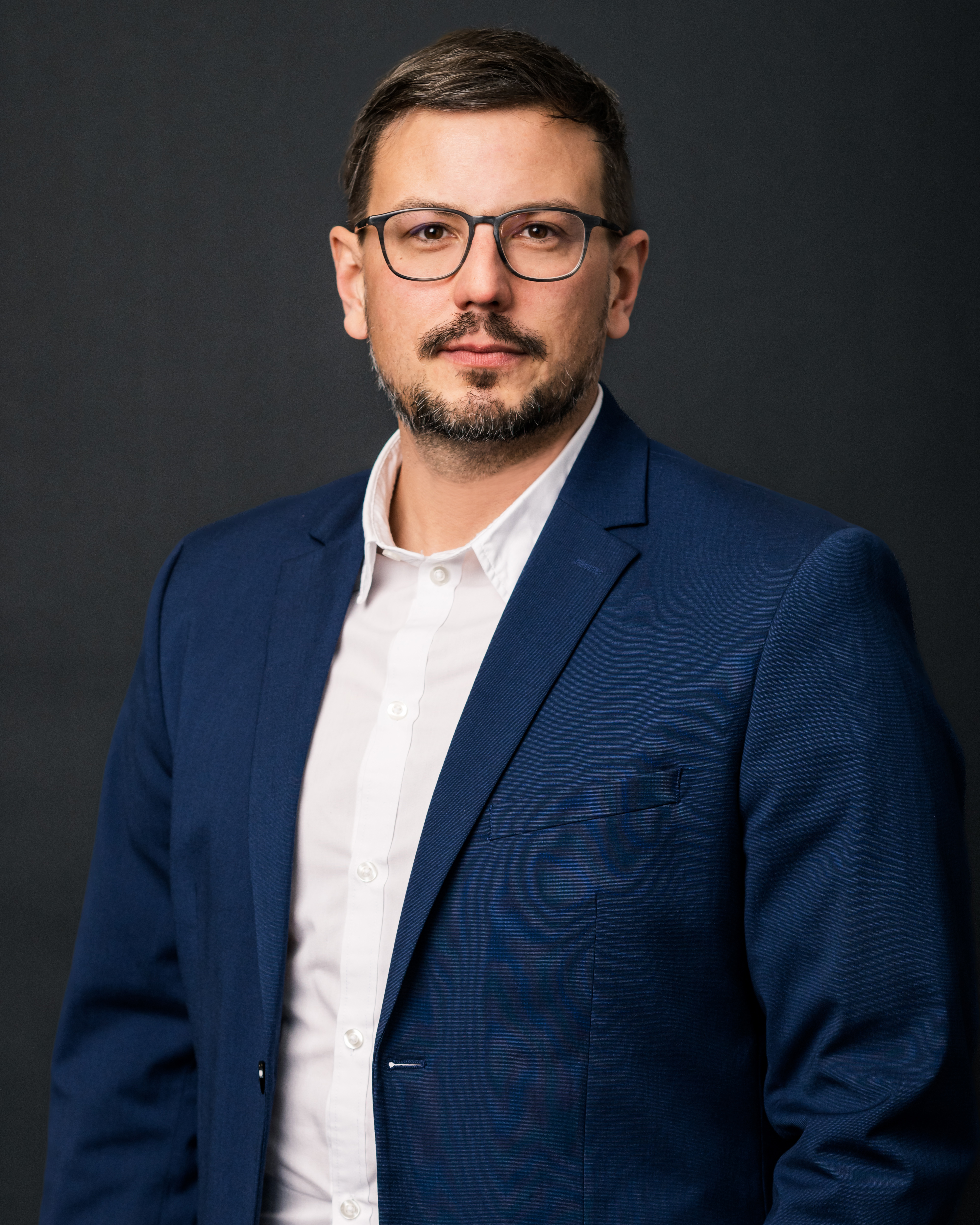
Christian Forstner is a highly accomplished professional with extensive experience in the rolling stock industry. Having obtained a degree in Electrical Engineering, he embarked on a successful career that spans over 20 years in this specialised sector.
Throughout his career, Christian has held various key roles in prominent companies within the rail industry. He has demonstrated a deep understanding of the complexities of the sector, making him a valuable asset in the development and production of rail vehicles.
Christian's expertise lies in the areas of design, engineering, and project management for rail vehicles. He has been involved in the development and implementation of innovative solutions, ensuring the highest quality and safety standards are met.
His passion for the rail industry is evident in his continuous pursuit of knowledge and staying up-to-date with the latest advancements. He remains an active participant in industry conferences and workshops, constantly seeking opportunities for professional growth and networking.

